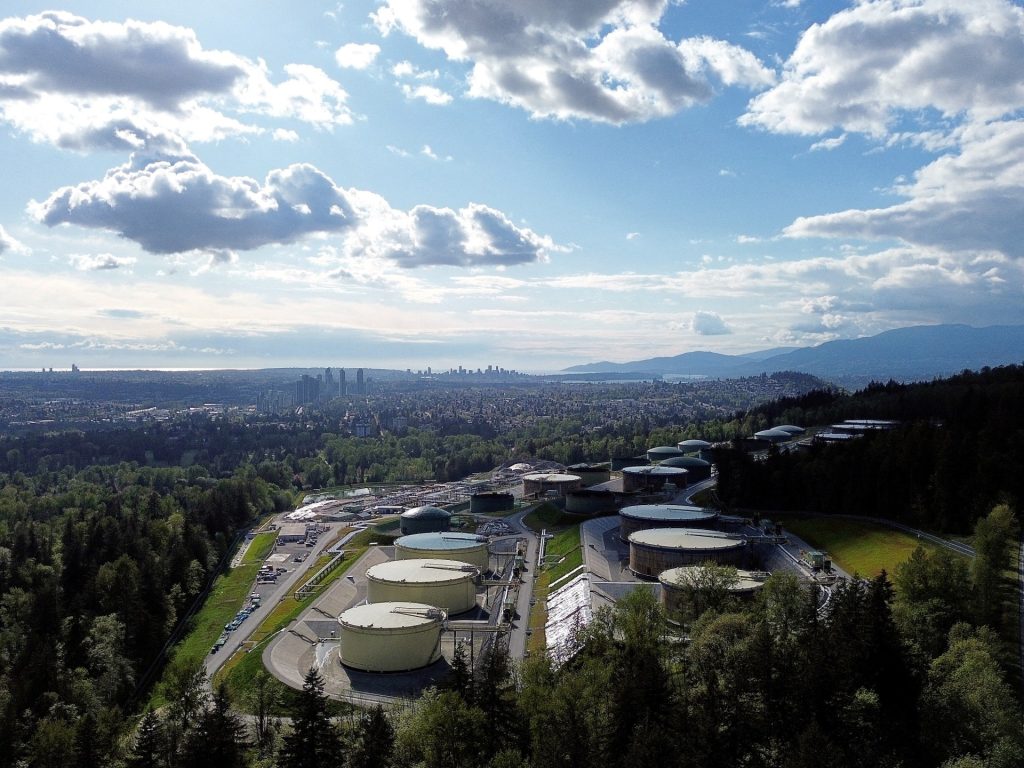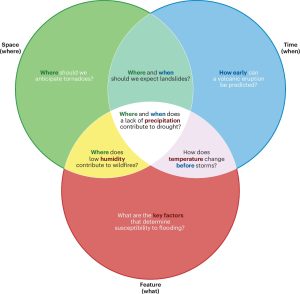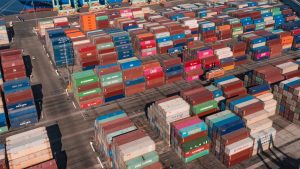A major trade war between the United States and Canada has been averted after US President Donald Trump agreed to hold off on imposing a 25 percent tariff for 30 days. But anger has erupted in Canada, with people calling for a boycott of US products, and some even calling to stop the export of oil to the country’s southern neighbour.
However, blocking crude oil flow to the US could inflict an enormous economic cost on Canada, which pumps nearly all of its crude oil to the US via a network of pipelines.
Moreover, it would take some time for Canada to diversify its exports after decades of close trade ties cemented by the North American Free Trade Agreement (NAFTA), which Trump renegotiated during his first term in office from 2017 to 2021.
Hence, in theory, Canada could stop the flow of oil into the US as leverage to get Trump to back down on the tariff threats. But doing so would disrupt crude supply to refineries in Canada’s east as the pipelines pass through the US territory.
How does Canada’s oil pipeline work?
The main caveat is how Canada’s pipeline infrastructure is laid. It begins in western Canada, where most of the oil is produced, but has to pass through the US to reach the eastern side of Canada.
Most of the oil is produced in the Western Canada Sedimentary Basin (WCSB), which comprises the provinces of British Columbia, Alberta, Saskatchewan, and Manitoba.
The crude oil is carried through pipelines passing through the US to reach Canada’s east coast provinces, including Ontario and Quebec, where it is refined. So the network of pipelines, some of which were constructed in the 1950s, serve both the refineries in the US and Canada.
“Canada and the US made a conscious decision to integrate their energy infrastructure,” Gitane De Silva, former CEO of government agency Canada Energy Regulator (CER), told Al Jazeera. “It’s been that way for a really long time.”
In 1994, the US, Canada and Mexico signed the NAFTA deal, which removed most tariffs between the three countries and included provisions on energy cooperation.
“When the agreement was ratified, there was a desire in the US for Canada to export as much energy as possible,” De Silva said. The United States-Mexico-Canada Agreement (USMCA), which replaced NAFTA under Trump in 2020, maintains most of NAFTA’s provisions regarding energy.
Geography also plays a role in how the pipelines are built.
“The geology and geography to build pipelines from Alberta to Ontario and Quebec is a bit challenging because of the continental shield and the Great Lakes,” De Silva said. The continental shield is a zone of really old and hard Precambrian rock that makes up nearly half of Canada’s land mass.
Canadian oil flows to parts of the US, such as the Midwest, where some of the refineries are located. Some of the refineries in the US are closer to the Canadian oil sites than eastern provinces. For example, the oil region of British Colombia is closer to California in the US than to the Canadian province of Ontario.

How much oil does Canada send to the US?
Almost all of Canada’s crude oil exports – about 97 percent – were exported to the US in 2023, according to CER.
In 2022, 60 percent of US oil imports were from Canada, according to the US Energy Information Administration.
In 2024, Canada produced 5.7 million barrels of oil per day, according to the Canadian Association of Petroleum Producers. About 4.3 million barrels of petroleum products were exported to the US per day.
Could Canada stop sending crude oil to the US?
Theoretically yes, but it is unlikely, experts say.
The federal government does, in theory, have the authority to stop the exports. But De Silva said that would be complicated, as Canada is a confederation, which means the federal government and provinces share power. Oil production comes under provincial power.
“There are definitely legal questions there, because Canada’s never done it before,” De Silva told Al Jazeera, adding that disagreements could cause a “domestic constitutional crisis”.
De Silva added that there is also the question of where the oil would be stored after turning off the tap. “When pipelines are full, it will be very hard to find space for an additional 4 million barrels a day.”
De Silva added that if Canada’s government decides to cut off the oil supply to the US, there would also be a question mark over how the eastern parts of Canada – Ontario, Quebec and New Brunswick – would get their oil. It raises questions about whether the US would in turn prevent the flow of oil, which flows through US territory, to eastern Canada.
According to the 1977 US-Canada transit pipelines agreement, no public authority in the US or Canada shall institute measures “which are intended to, or which would have the effect of, impeding, diverting, redirecting or interfering with in any way the transmission of hydrocarbon in transit”.
While breaches of the treaty can be challenged in court, “with the Trump administration, I don’t know if they are that focused on those international treaties”, De Silva said.
Last month, speaking at the World Economic Forum in Davos, Switzerland, Trump said “We don’t need their [Canada’s] oil and gas. We have more than anybody.” He has vowed to drill more oil to compensate for a potential Canadian oil stoppage.
There are alternative ways through which the crude oil can be transported from the west of Canada to the east, including through rail, truck, marine and tanker. However, said De Silva, “pipelines are the safest way to transport oil and gas. They are also the most efficient and most cost-effective, so it would not be a complete solution, it would not be an ideal solution, but it would be an option, if needed.”
According to 2024 data from CER, pipelines exported 89.6 percent of Canada’s crude oil. The rest was sent by rail and other networks.
“Canada has been actively looking for other export markets for its oil,” De Silva said. However, there is no overnight solution for this, she added.
Even during the previous administration of US President Joe Biden, concerns were raised about the need for Canada to reform its pipeline strategy. On his first day in office, Biden cancelled the Keystone XL crude oil pipeline from Canada to the US over climate change concerns.
“It is time for Canada to review its strategy because we see that now, with the new administration, it can become very dangerous for us to only have one client for our exports,” economist Miguel Ouellette wrote in a report published in 2021 by the Montreal Economic Institute (MEI).
Canadian pipeline operator Trans Mountain said that if Trump does implement tariffs, deliveries to Asia are likely to increase, Reuters reported on Tuesday. A pipeline was expanded last year to bring oil to Canada’s Pacific coast from where oil is shipped on tankers to China, Japan and South Korea.
De Silva explained that banning oil exports to the US would also have a very negative impact on Canada’s own economy. “The oil sector is the largest driver of our economy,” she said. “Given that the US is our largest export market, I think the federal government would think very, very carefully before choosing to do that because the domestic impacts would be almost as considerable or as considerable as the impacts on the US.”
What else is at stake?
In 2022, 79.2 percent of Canada’s refined oil came from the US, according to data from the Observatory of Economic Complexity (OEC).
The US imports Canadian crude oil, which is refined in the Midwest of the US, and then sold back to Canada and the rest of the world.
De Silva said that one of the arguments Canada is making to prevent the US from issuing tariffs is that “Canada exports affordable, reliable, secure energy produced with high environmental standards and commitment to human rights, [and] sells that to the US at a discount. Then, the US refiners buy that, refine it and send it back to Canada and the rest of the world at a considerable cost markup.”
The higher tariffs could make fuel expensive, pushing up inflation. They could also impact export-oriented sectors, leading to job losses – which would negatively impact Prime Minister Justin Trudeau’s Liberal Party, facing an election later this year.








